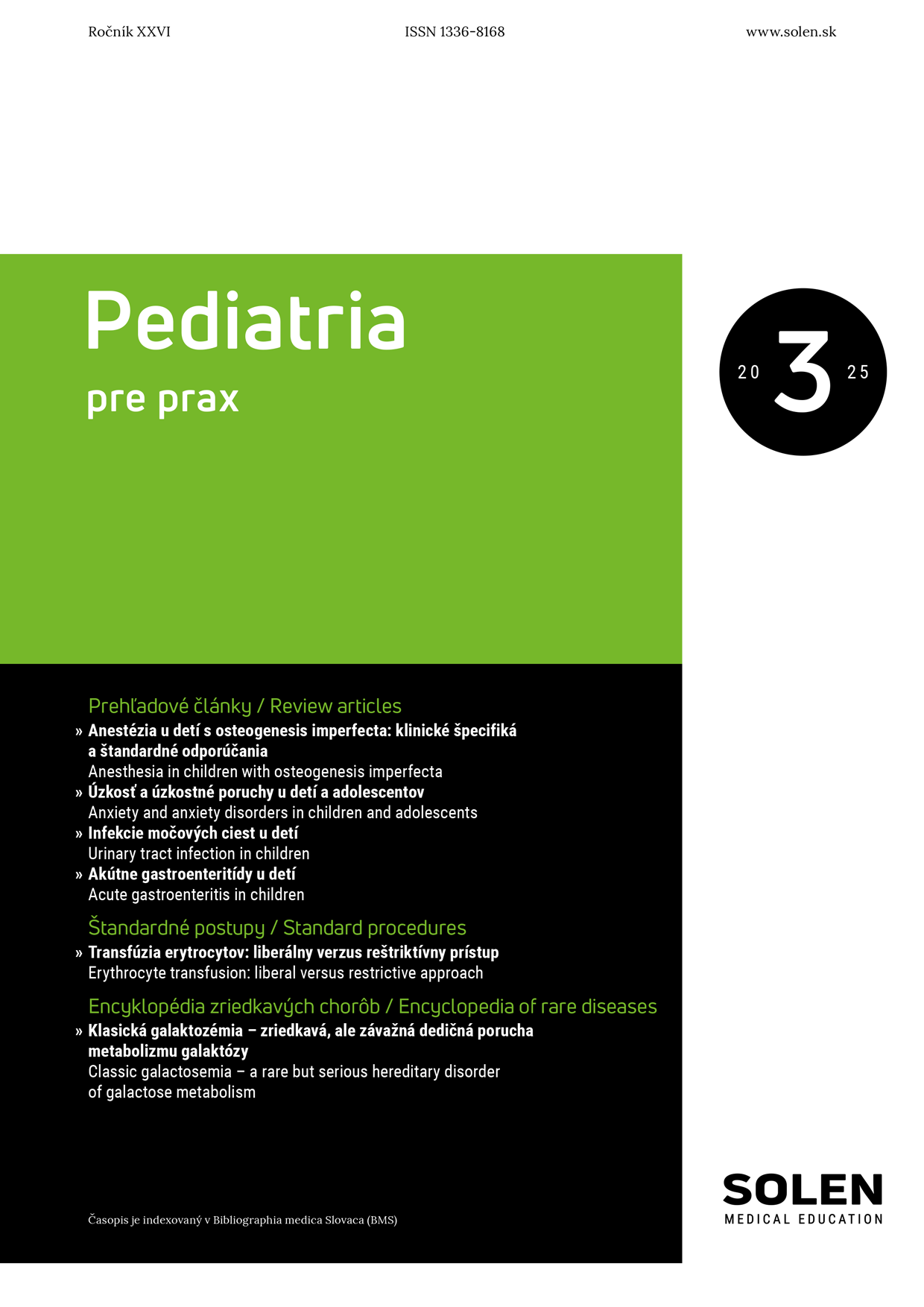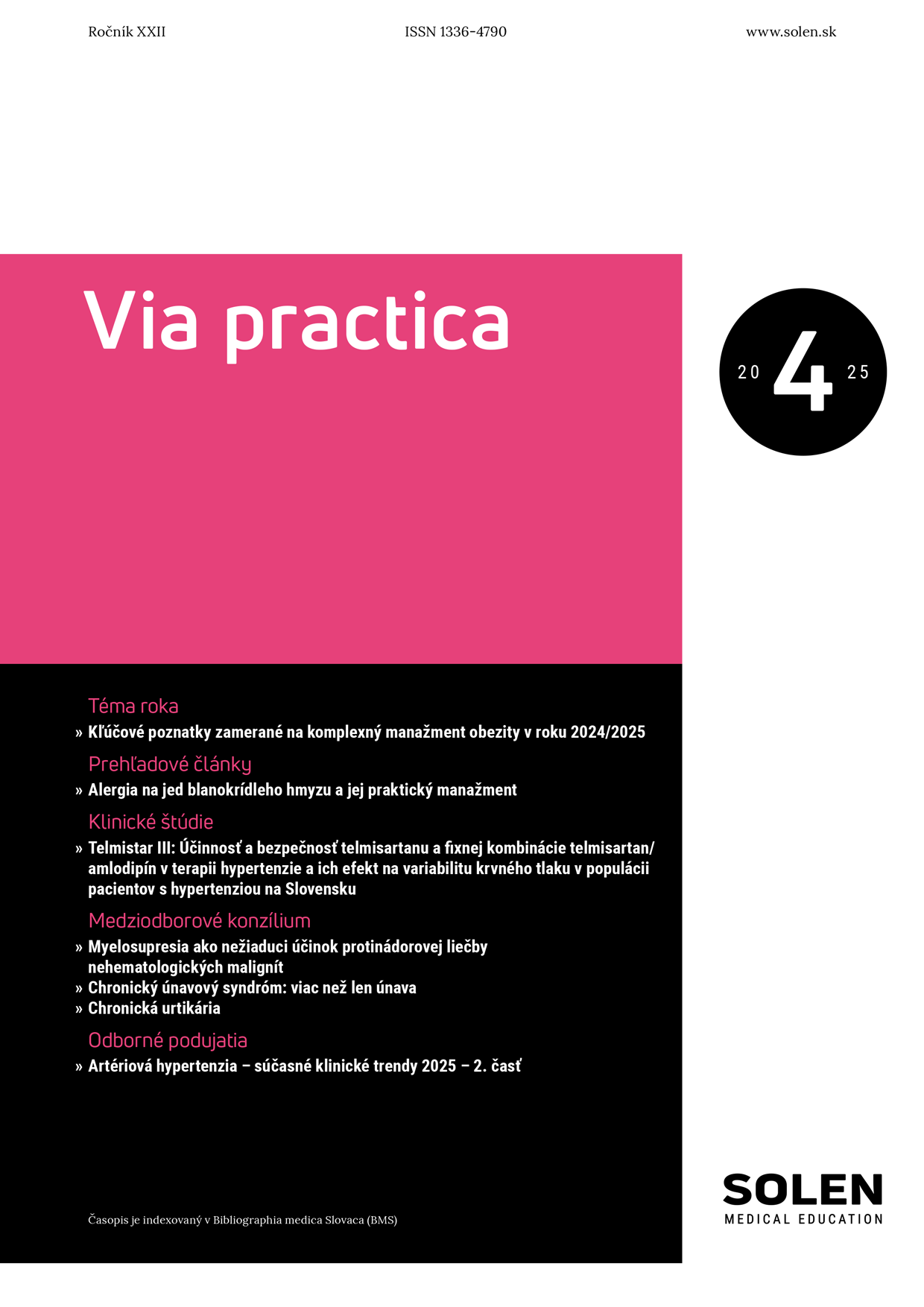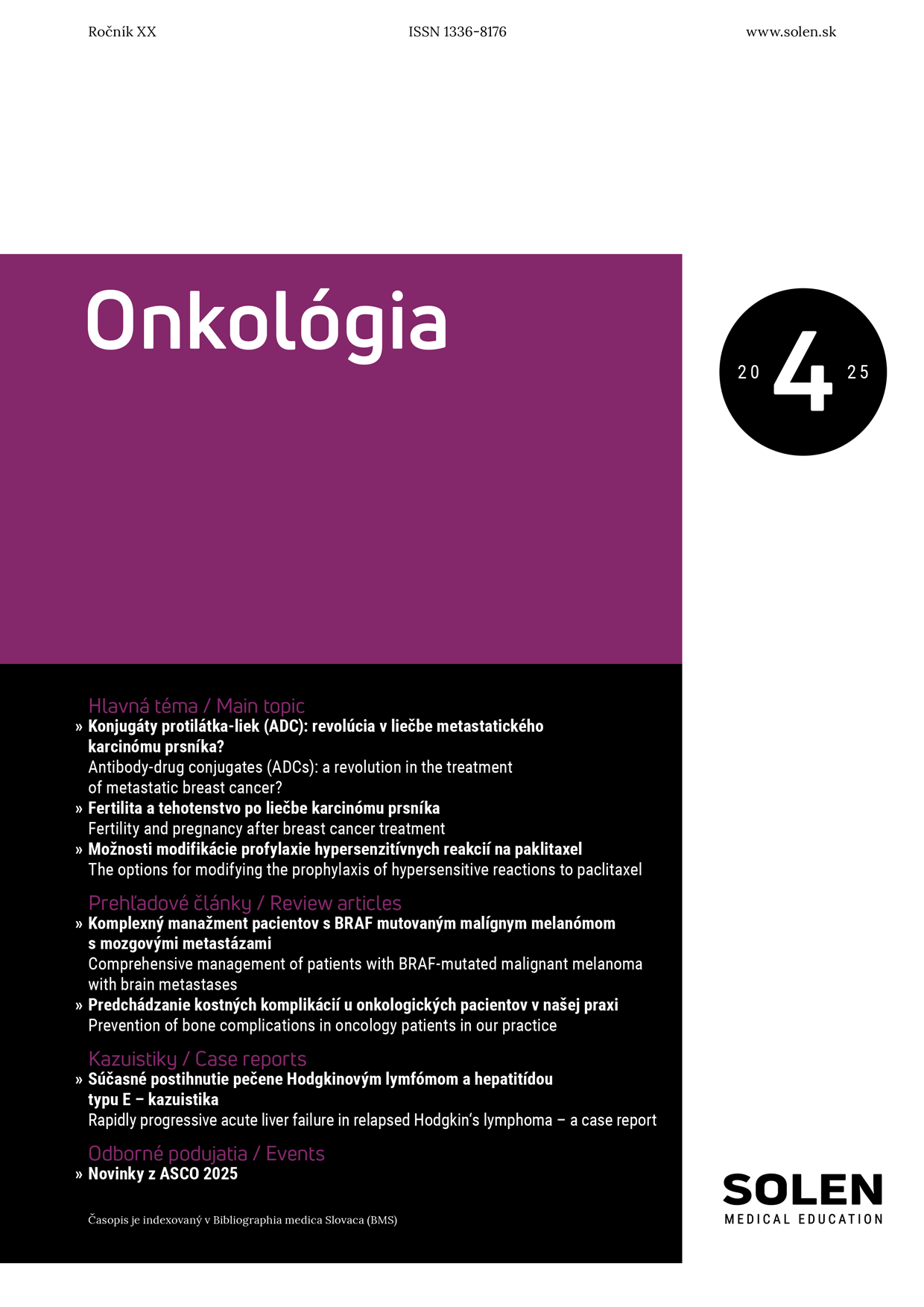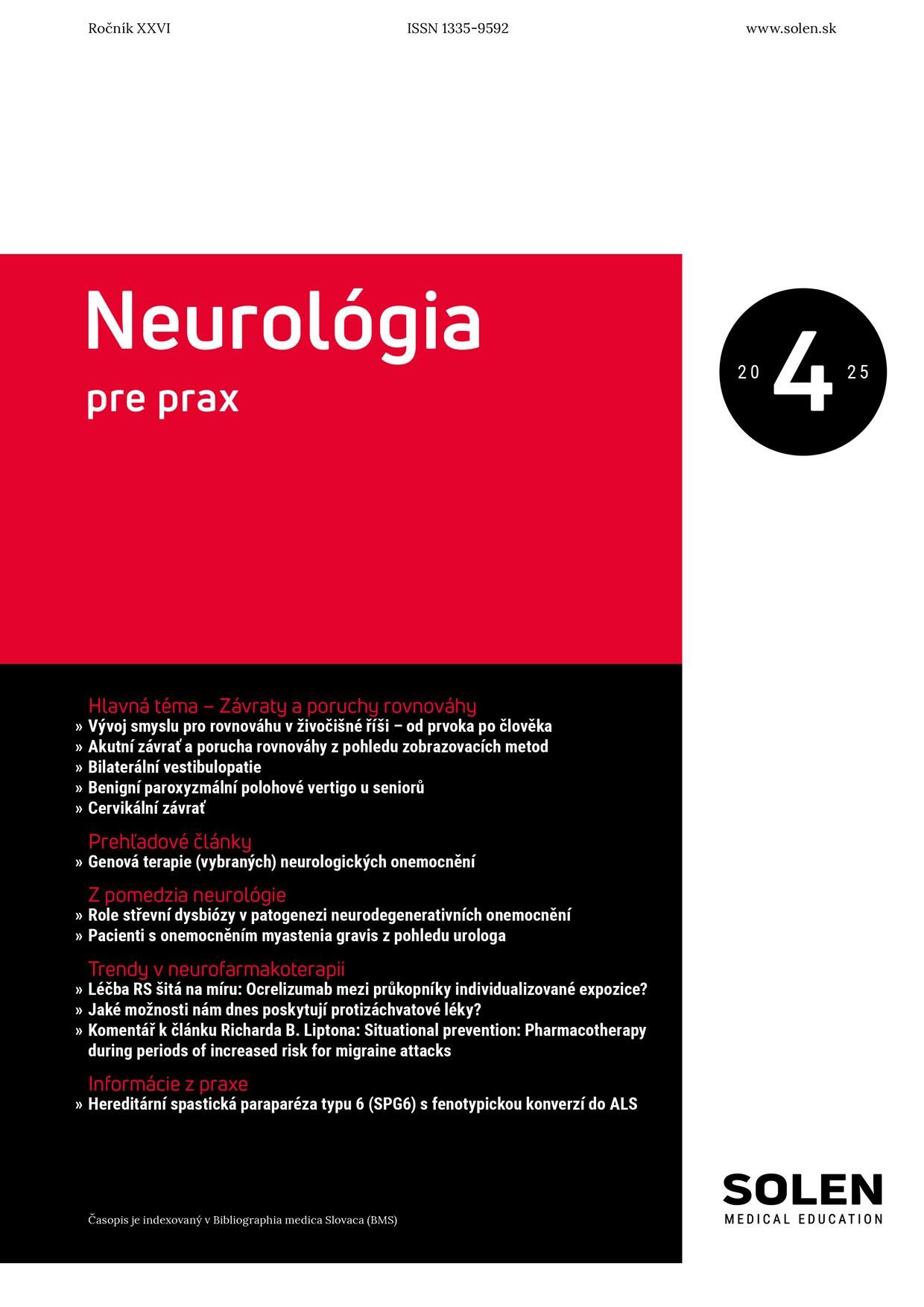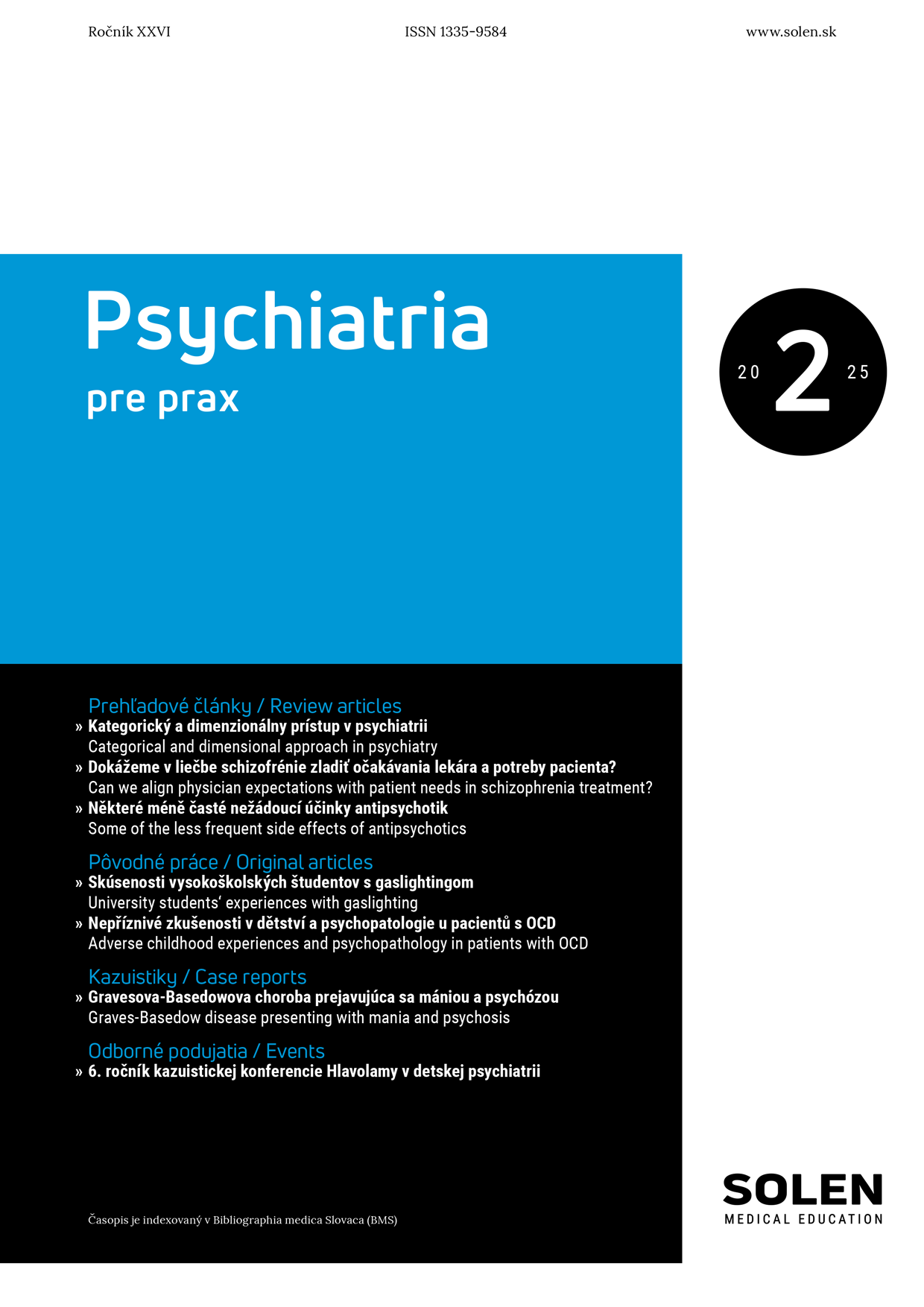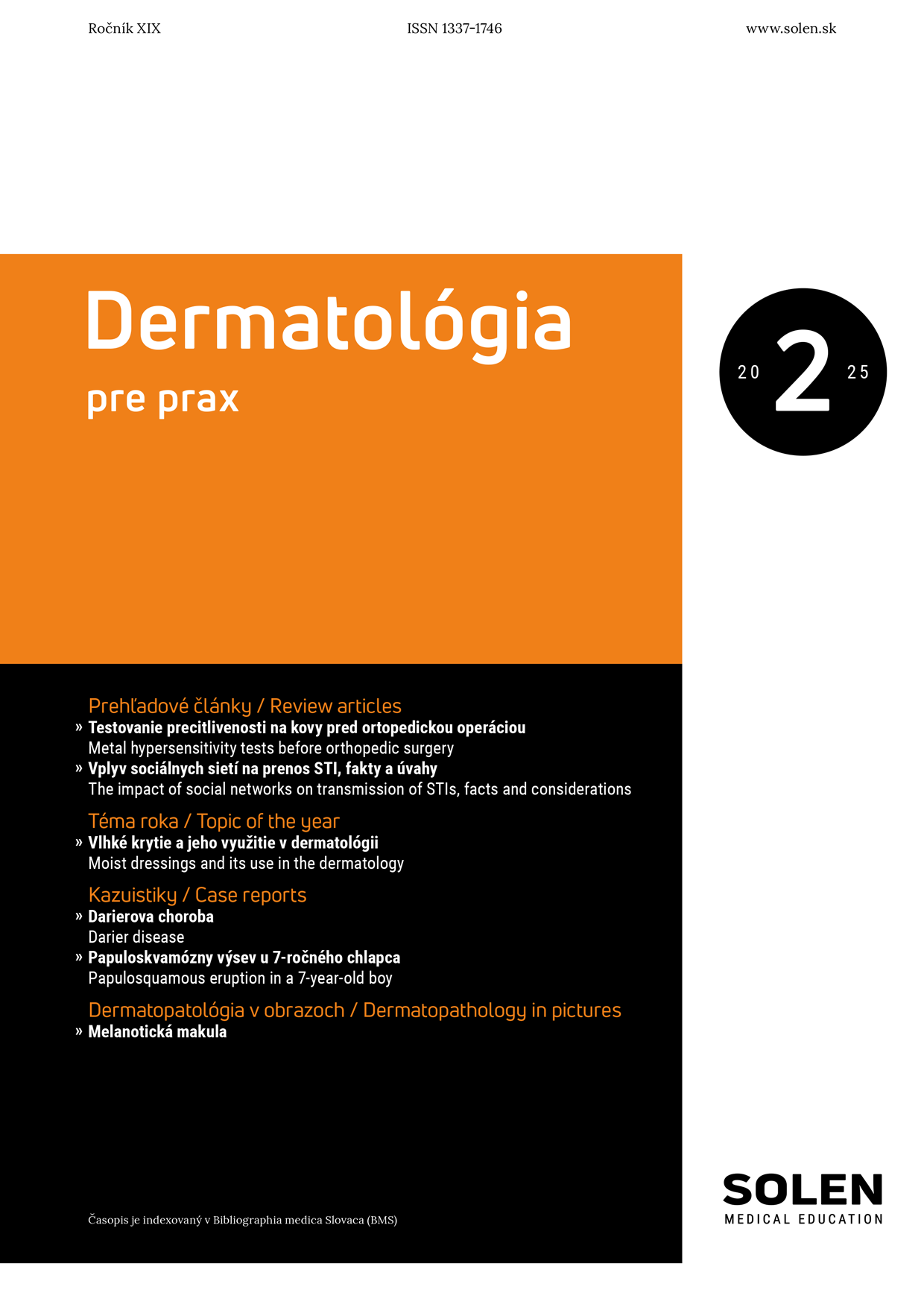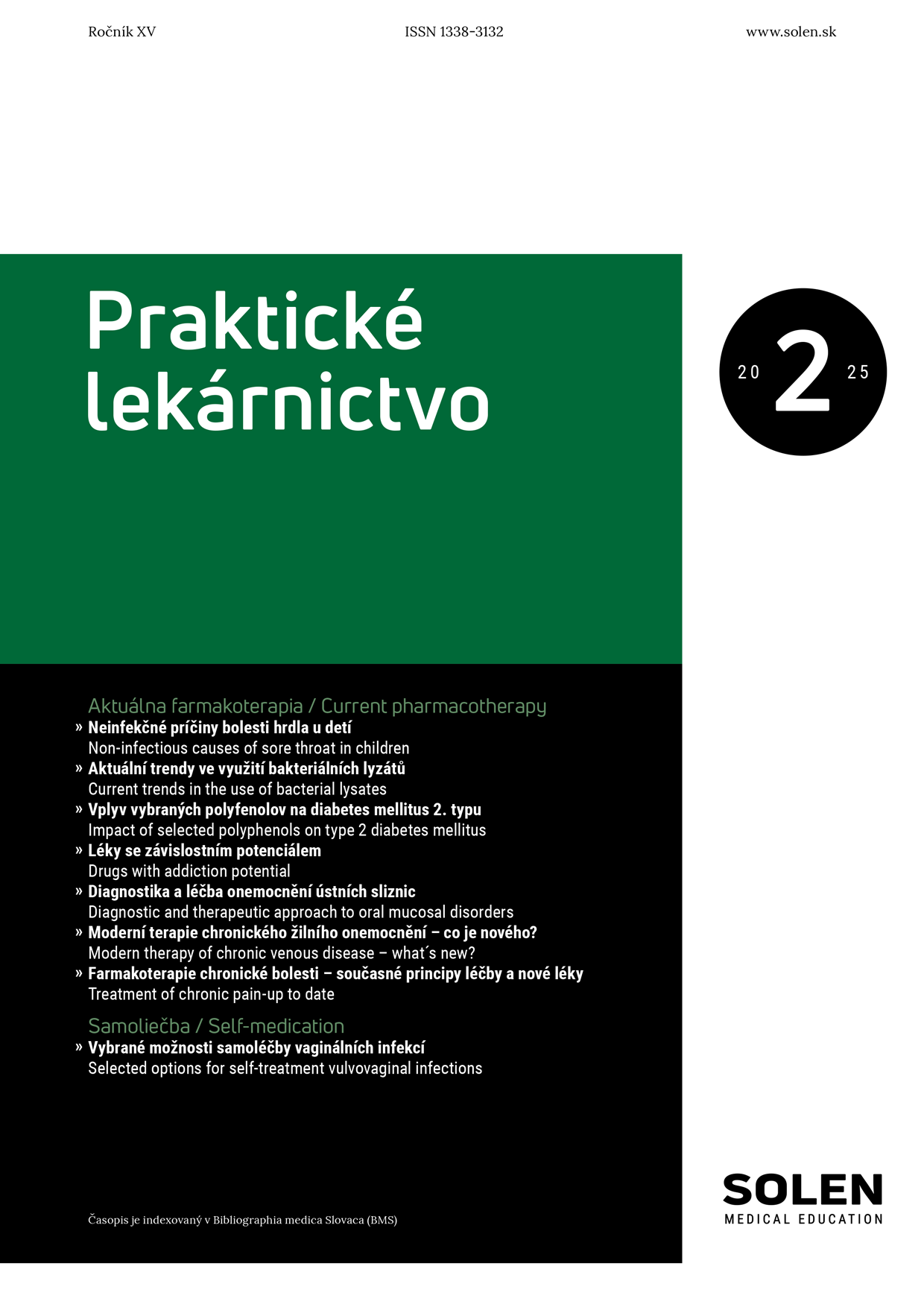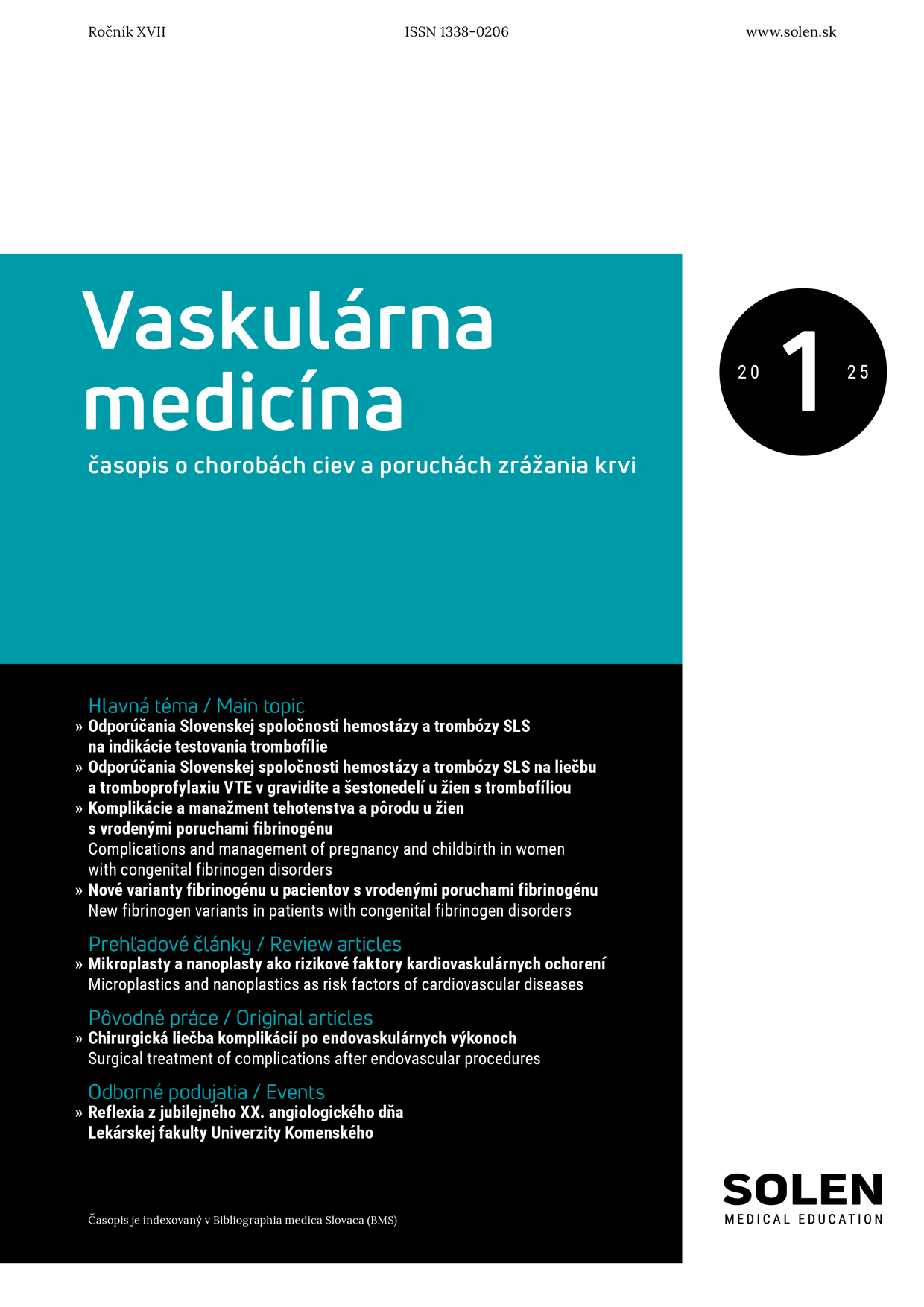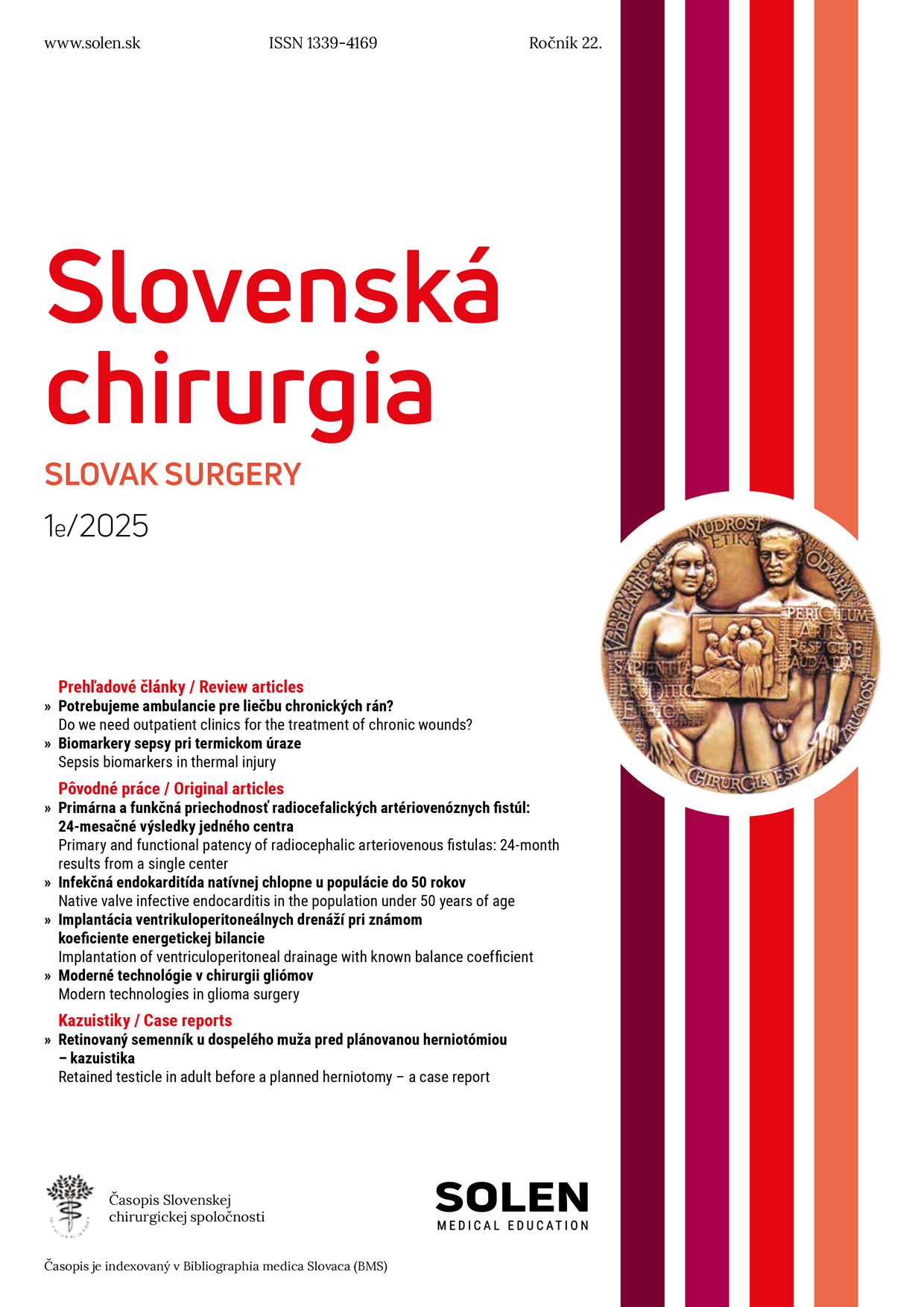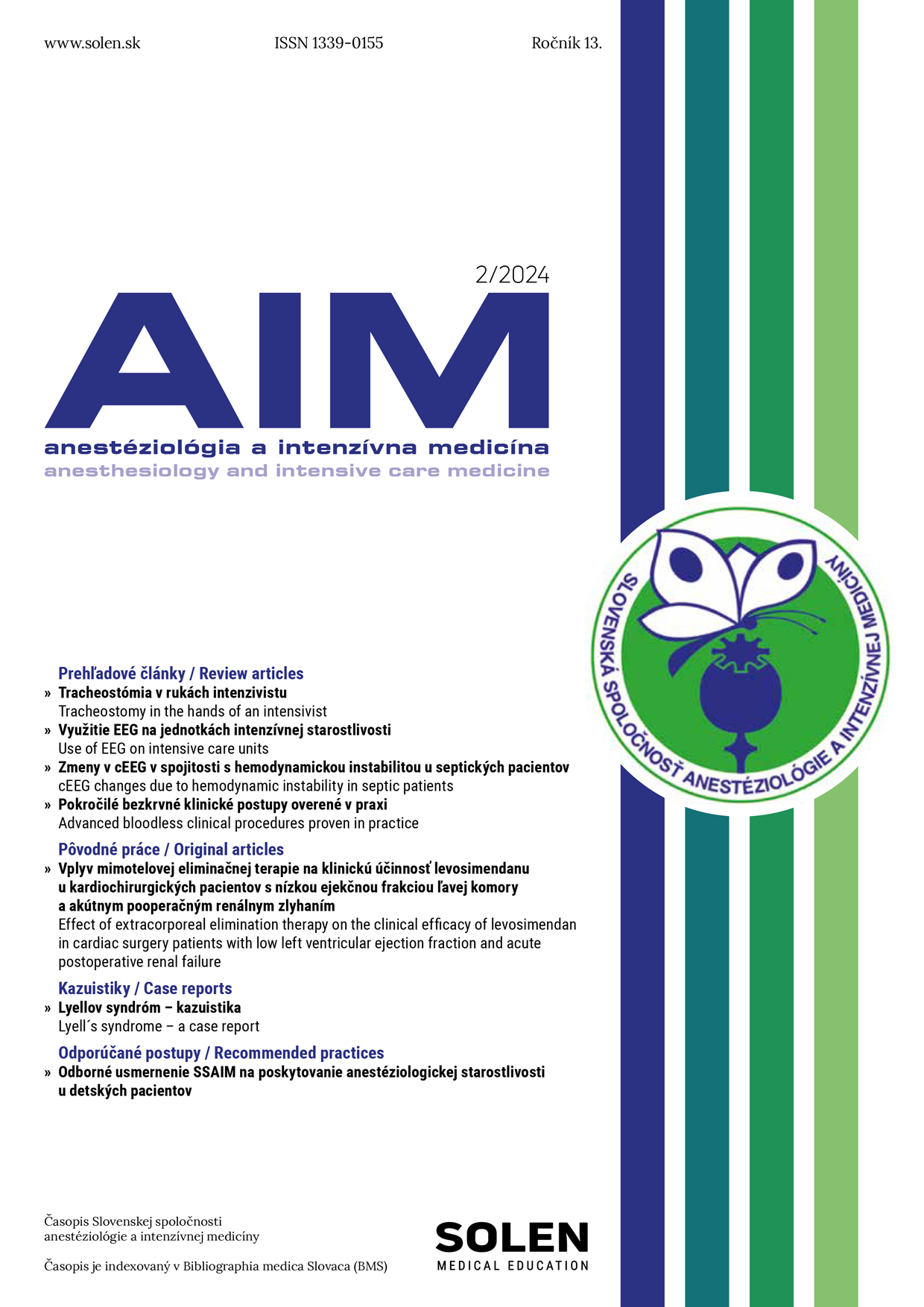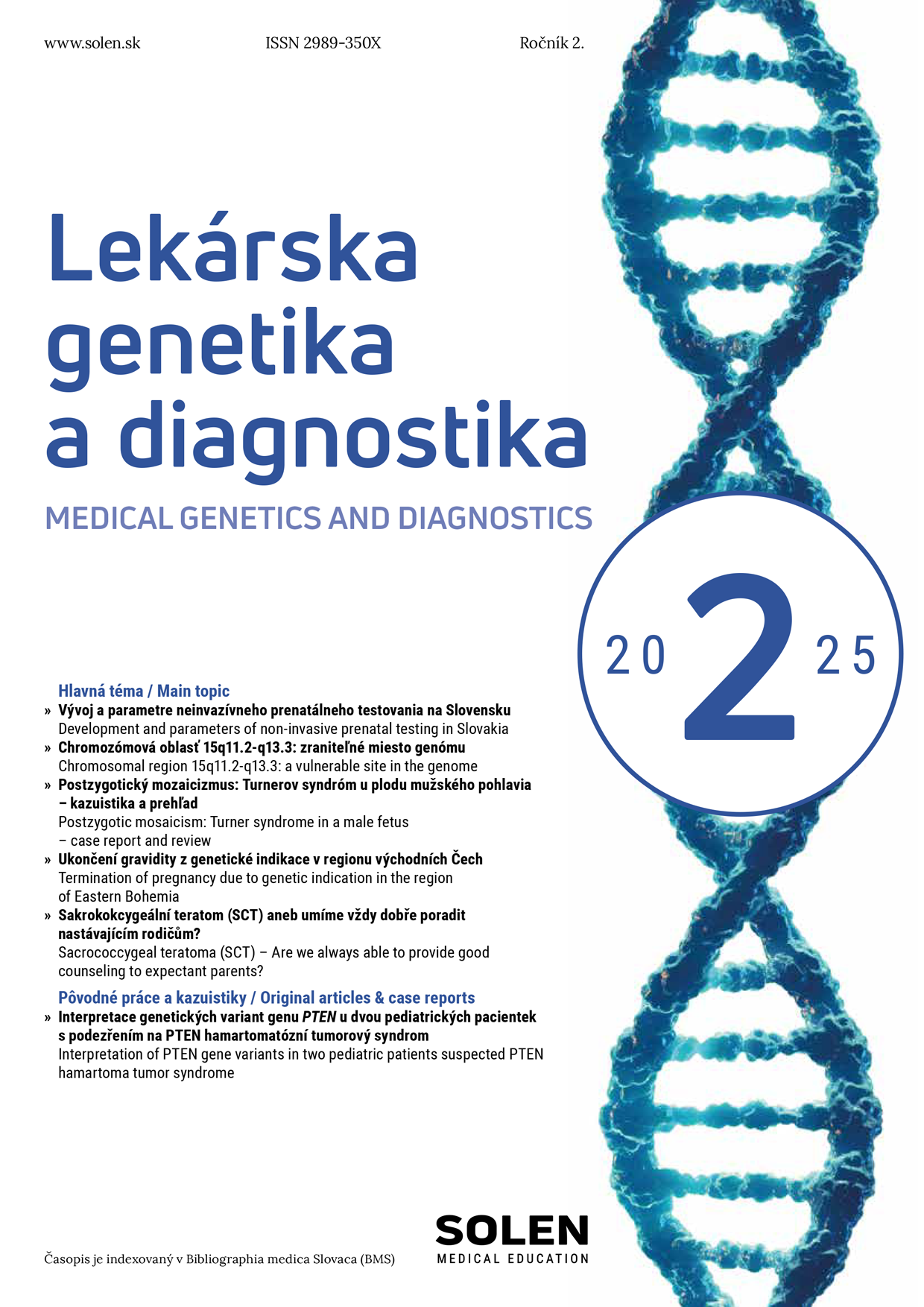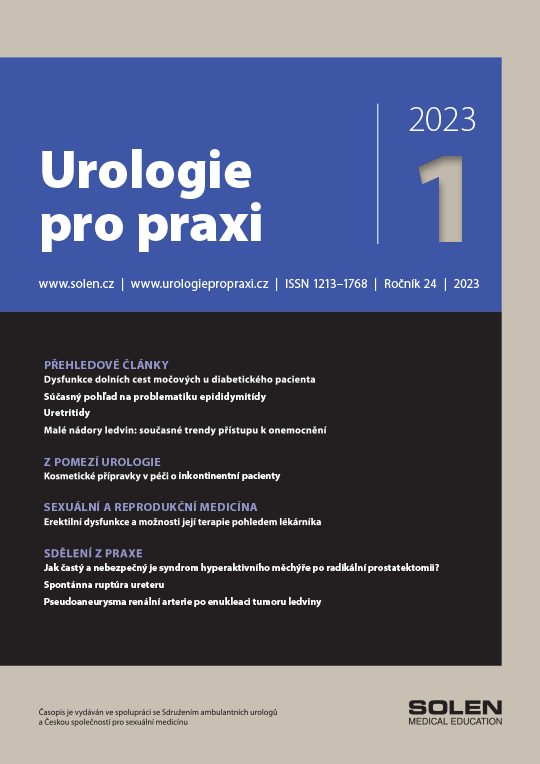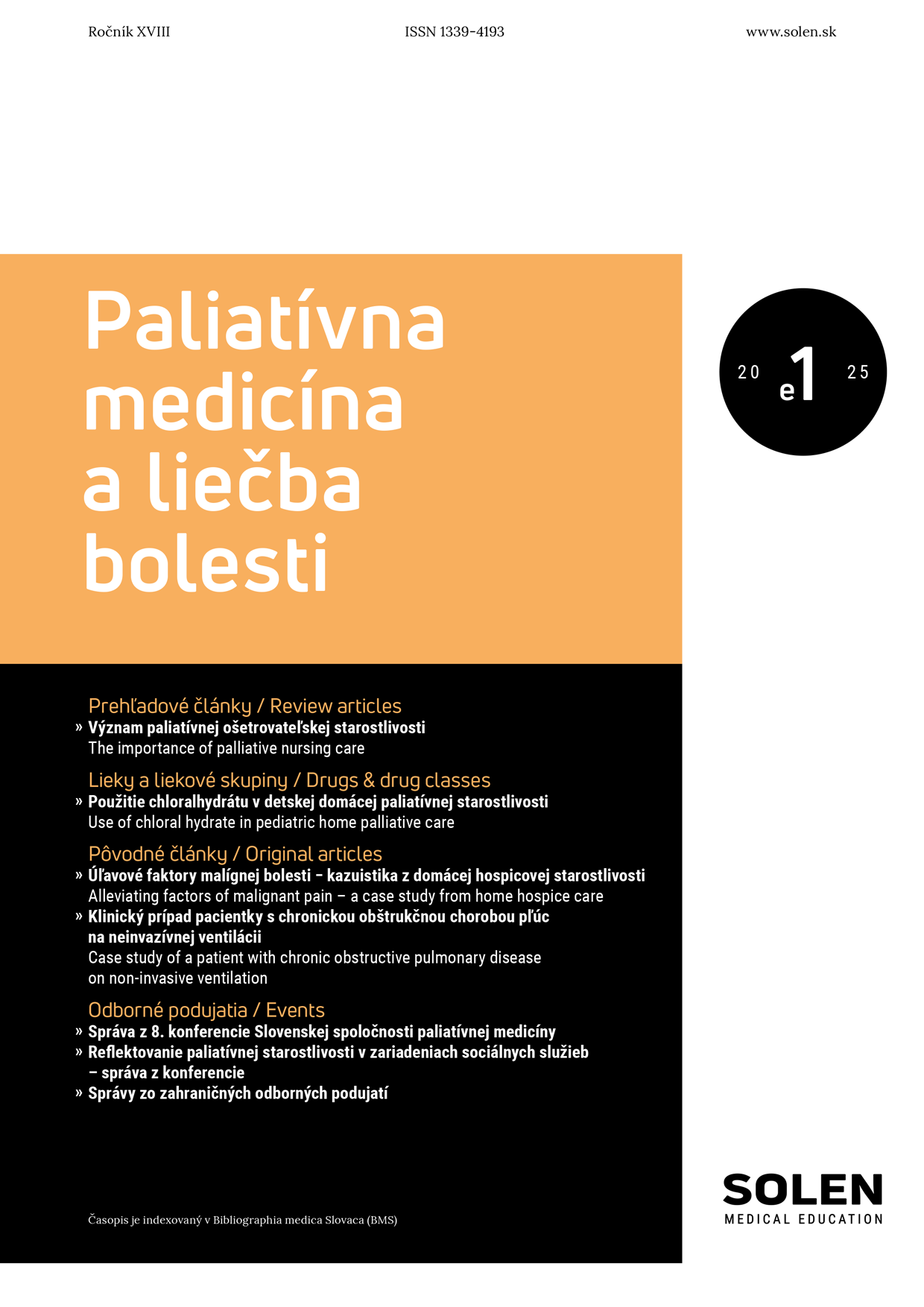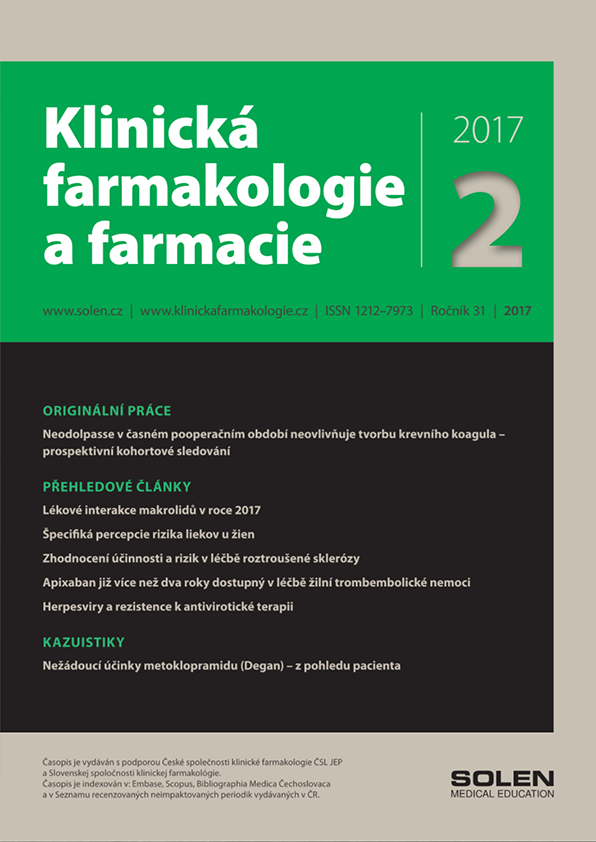Slovenská chirurgia 1/2022
The hypercoagulable state in COVID-19, pathophysiology, treatment and its complications
Introduction: The coronavirus disease (COVID-19) as a pandemic is manifested by a variety of symptoms from a mild form of respiratory infection to a severe respiratory distress syndrome and multiple organ dysfunction. While it was initially considered primarily as a respiratory illness, rapidly accumulating data suggests that COVID-19 results in a hypercoagulable state, leading to arterial and venous thrombosis. Methods: COVID-19 can also be characterized as a complex, multisystemic and inflammatory vasculopathy with a significant risk of mortality. Coagulopathy is one of the most serious consequence of COVID-19 and also a poor prognostic factor. The treatment of hypercoagulable state consist of using prophylactic or therapeutic dose of low-molecular-weight heparin (LMWH). The aim of this study was to determine the benefit and risk of administering therapeutic dose of LMWH during COVID-19 infection by analyzing a group of patients who were hospitalized at reprofilizated infectious COVID departments (2nd. Department of Surgery LF UK, 4th. Department of Internal medicine LF UK, Gastroenterologic Department SZU) during a period from 30.9.2020 to 28.4.2021. Results: A total of 717 patients were included, 468 patients received therapeutic dose of LMWH, 13 patients had severe bleeding and 5 died of bleeding. Conclusion: Although the optimal dosing of LMWH remains unclear, the benefit of anticoagulation therapy in critically ill patients with COVID-19 outweighs the risk of bleeding.
Keywords: COVID-19, coagulopathy, thrombosis, bleeding, heparin


